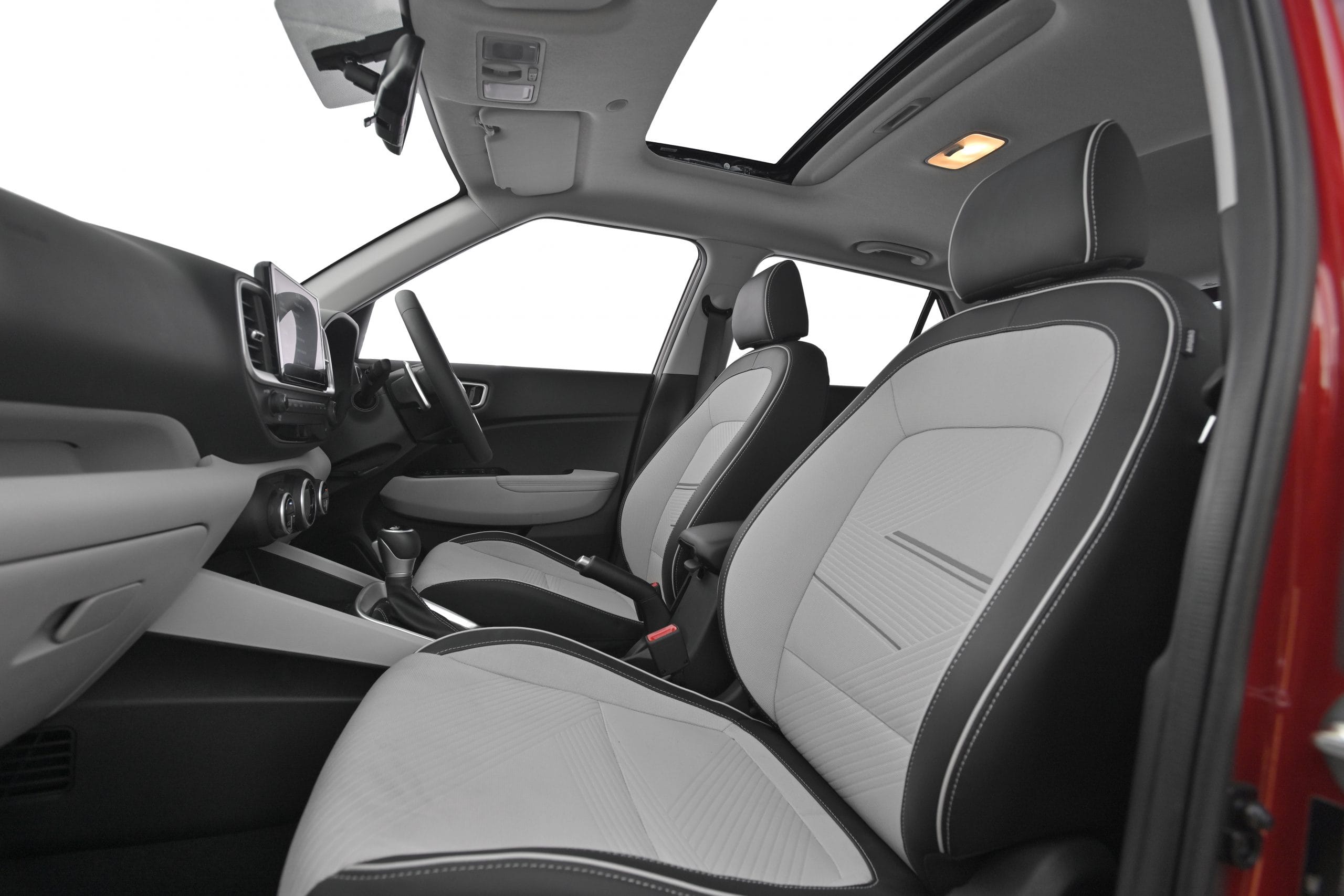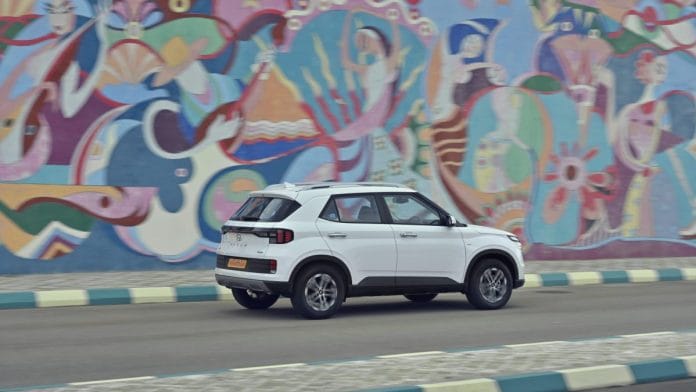At the launch of the facelift of the Hyundai Venue, I learnt something new about the company’s sales in India. One in every three Hyundai India customers over the past couple of years has opted for a car with a sunroof. Those 34 per cent of buyers are, incidentally, more than the 20 per cent who opted for cars with automatic transmissions. Considering the Korean carmaker sold nearly a million cars in India in the past two years despite all that has happened, this was an utterly fascinating statistic. What makes it even more compelling is that Hyundai doesn’t even offer sunroofs on its entry-level hatchbacks like the now discontinued Santro and i10, as well as the Aura sedan.
Honestly, I don’t quite understand why Indian car buyers are so fascinated with sunroofs. Think about it, fifty-degree summers are a reality here and when the rainy season comes along, you need more than gum boots to climb out of your car. Yes, the temperature is quite pleasant for a couple of months, particularly if you live in Delhi, but those are also the months when the air is thick with particulate matter. Perhaps you might have moved to Goa where a sunroof isn’t such a bad idea. Plus there are some other parts of the country where having a sunroof might seem like a great idea. But when you consider that an overwhelming majority of cars are sold in cities like Delhi and Mumbai, this sunroof fascination feels even more bizarre.
To be fair, sunroofs are a relatively recent phenomenon in India. The first car I remember that had them was the Rover Montego back in 1996, then there were a bunch of top-end luxury vehicles with sunroofs. The first mass-market vehicle to have a sunroof, as far as I remember, was the first Hyundai i10, and there too it was optional. But after that, the sunroofs mushroomed. It was Hyundai who really took sunroofs to another level. First, it installed a standard one on the first-generation Creta and then a larger one on the Alcazar that offered a panoramic view—which is now a standard dual-pane sunroof. Not just Hyundai, but in the case of other manufacturers too, if you want a car with all the gizmos and gadgets, the sunroof will always be a part of the package. It is not even an option; it is a standard fitment. Recently, even Maruti-Suzuki, the one manufacturer in India who had held out against sunroofs, has caved in—the new Brezza coming out next month will have one.
Also Read: Bike, auto, jaywalker, beep beep—why ADAS will soon make your car behave like a plane
Features of new Hyundai Venue
If you are wondering why we are still talking about sunroofs, it’s because one of every two Venue’s sold is equipped with one. It works well and you can even control it using voice commands. Not that it’s a new feature, but now Hyundai has embedded 65 new voice commands that work instantly. The Venue also now has ‘Home 2 Car’ connectivity, which means you can hook it up with your Amazon Echo or Google Home to give it instructions to do things like turning on the air-conditioner. As for the rest of the car, there are no mechanical changes other than some heft being added to the steering and better insulation against outside noise.

The major changes are cosmetic. A fascinating new tail light cluster is accentuated by a light bar that goes through the back, which Hyundai claims, makes the car look ‘wider and more athletic’. The front has Hyundai’s new ‘parametric’ grille design that we will also see on the new Tucson coming later this year and likely on the Creta update next year. It certainly looks different from the outgoing model. Interestingly, Hyundai, which has a three-month waiting period for the Venue, has shifted all customers with pending orders over to the new variant.
All customers who opt for the top models will get a sunroof.
Also Read: India loves French jets, but their cars? Good thing Citroen C3 is a mass market product
Perils of giving the customers what they want
Maybe sunroofs are doing well because they are a relatively new phenomenon in the Indian market. Because, while they do add more light into the cabin, they also make the air-conditioner work slightly harder. But as Hyundai’s sales, marketing and service director Tarun Garg says, ‘We will give the customer whatever they want.’ Evidently, what far too many customers of cars with sunroofs want is to stick their heads and bodies out of it. Let me dispel any notion that it is safe.
In August 2016, two children were killed in Delhi in separate incidents while poking their heads through a sunroof and having their throats slit with manja (kite string). These incidents have occurred with alarming regularity in India because when you poke your head out of a sunroof even at low speeds, you can be ejected from the car in case of an accident. The amendments to the Motor Vehicles Act have thankfully made it illegal to do so while on roads but you still see young and old alike popping their heads out of the sunroof on high-speed roads and expensive cars.
Get cars with sunroofs like the new Hyundai Venue if you like. But please, for the love of God, and your own and your passengers’ safety, do not poke your head out of it.
@kushanmitra is an automotive journalist based in New Delhi. Views are personal.
(Edited by Srinjoy Dey)






